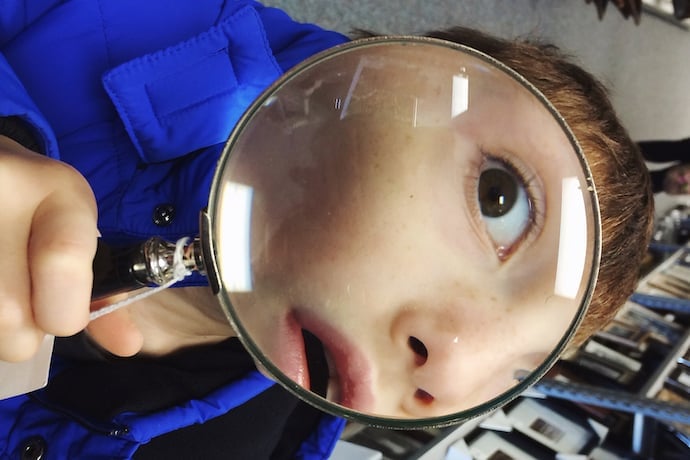Last issue, we covered a few gift ideas for code-lovers. We had so much packed into the issue, that we didn’t have the room to properly explore each one! This issue, we’re going to take a closer look at each of the workbooks we recommended, why we did so, and how they can help you out with your code sleuthing!
Scientific Explorer Secret Codes Decoder Kit
If you’ve been a long-time reader of our cipher articles, you’ll remember the Pigpen cipher. This is where people make a key that looks like different pigpens, then designate shapes within those pens to specific letters this kit comes with a premade Pigpen cipher code, so you can get creating right away! It also has a few other ciphers you can use, plus the traditional invisible ink for some extra sneaky messages. You can’t decode what you can’t see!
Secret Decoder Deluxe Activity Set – ON the GO
This one is a little less focused on traditional ciphers that we’ve covered, but it provides plenty of codes in a miniature series with lots of fun tools you can use. It’s more to do with invisible ink and detective lenses than actual ciphers, but if you’ve always wanted to feel like a sleuth, this one makes code-busting fun!
Telegraph Kit – The Science Cube
In a past issue, we covered the importance of Morse Code in history. While it wasn’t a true cipher — it was designed to be easy to transmit, and not to fool or deceive people — it was still a good look into the creation of a code that saw a lot of use. This telegraph kit allows you to re-experience those moments by giving you a Morse Code machine ready to build. Put the pieces together and you, too, can talk in dots and dashes.
Top Secret: A Handbook of Codes, Ciphers, and Secret Writing
If you prefer to skip the kits and tools and just want a solid book to read, this one is the perfect way to learn about ciphers. Don’t be fooled by its cover and title; it’s a great read for all ages and doesn’t get too complicated with its subject matter. It does recommend some ways to make your own spy tools if you want to practice them yourself, but it’s otherwise a great book for learning about ciphers.
Cracking Codes with Python
If you want to get some practice done with programming, why not make some cipher-busting programs? This book teaches you how to make and break secret codes using the Python programming language. This makes for a fantastic way to learn how to code while also making something fun and practical you can use once you’re finished. A must for any programming enthusiasts!
Learn More
Scientific Explorer Secret Codes Decoder Kit
Secret Decoder Deluxe Activity Set – ON the GO
https://www.melissaanddoug.com/secret-decoder-deluxe-activity-set—on-the-go/5238.html

